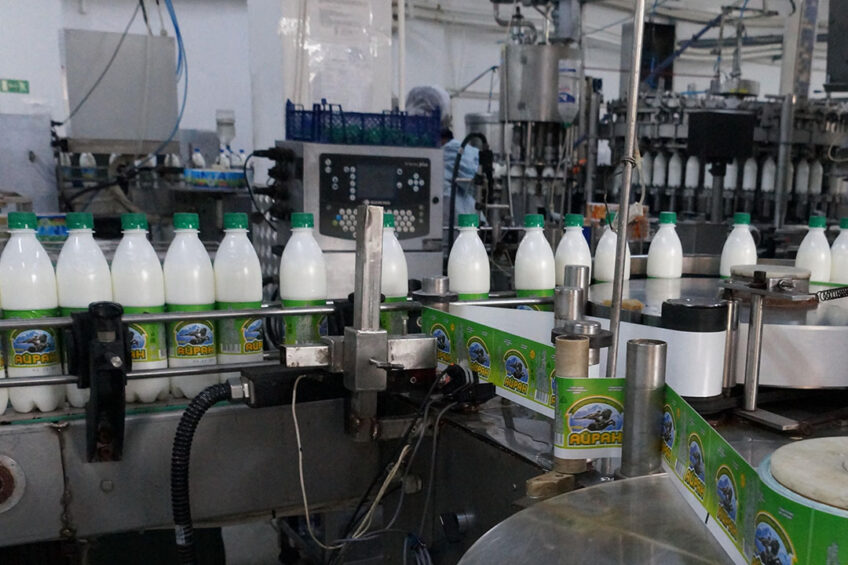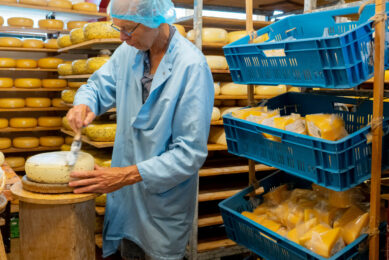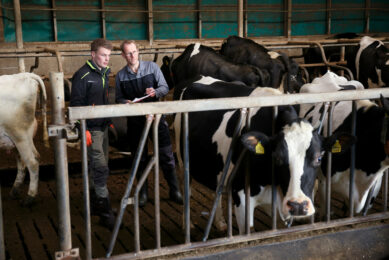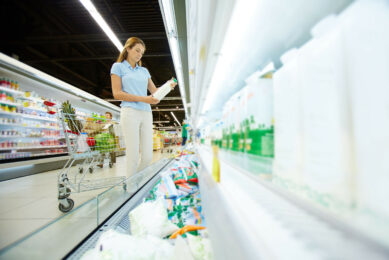Russian dairy consumption set to rise

The Russian population’s dairy consumption is set to rise to 36 million tonnes by 2025, or 245.5 litres per capita, 2% up compared to 2020, the state-owned agricultural bank Rosselhozbank forecasted.
The growth is expected to be driven by the increasing demand for butter and cheese. This trend will pave the way for the Russian dairy business to expand production capacities. By 2023, Russia is set to launch new milk farms with a total designed production performance of 1.2 million tonnes of milk per year. The industry is likely to add 5 million tonnes of milk production per year in the long run, Rosselhozbank estimated.

Dairy forecast to become main driver for growth
In 2020, the domestic dairy industry became the second most attractive for the investments segment of the Russian livestock industry, after greenhouses.
“For a long time, the main driver of this process [growth of animal protein consumption in Russia] was the poultry industry – broiler and turkey meat production. Since 2015, pork has been playing an increasingly important role in the protein intake in Russia. In the future, the Russian dairy industry will become the main driver of the growth of animal protein consumption in the country,” said Andrey Dalnov, director of the Rosselhozbank’s centre for industry expertise.
How the dairy market in Russia is developing
During 2020, the dairy market in Russia further progressed in breaking the drawdown that has dominated the sector for 6 years since the embargo announcement in 2014. The embargo cut the dairy market by about 45% in value and reduced the number of imported products by half. Read more…
Russian dairy consumption lags behind Europe
In general, Russia still lags behind the European countries in terms of dairy product consumption. In 2020, the consumption per capita climbed to 239 kg, 30% below the Russian Healthcare Ministry’s official recommendations. Russian government officials believe the domestic dairy consumption could catch up with the European level in the coming decade.
While Russia has already achieved self-sufficiency on poultry and pork, this is not the case with dairy products. In 2020, the country imported 18% of all dairy products sold on the domestic market. By 2025, Rosselhozbank anticipates this figure to decrease to 16%.
Price of dairy products spurs demand
In 2020, the average price for dairy products on the Russian market increased by 3.9%, below the average food inflation ratio of 4.9%. According to Dalnov, this factor spurs the demand for dairy products among the Russian population, as they are becoming more affordable.
“We forecast that with the economic recovery and the living standards improvement, the competition between different protein sources will enhance,” Dalnov added.
On this background, the investments are flowing not only in the milk production but also in the milk processing segment.
“A significant share of projects in this field are associated with large producers’ investments in milk processing capacities and establishing on their base full-cycle production complexes. This trend is most common for Central Russia and Western Siberia, where, according to our forecasts, the processing segment has a potential to expand capacities by 600,000 tonnes per year by the end of 2021,” Dalnov said.
Join 13,000+ subscribers
Subscribe to our newsletter to stay updated about all the need-to-know content in the dairy sector, two times a week.










